Estimated reading time: 6 minutes
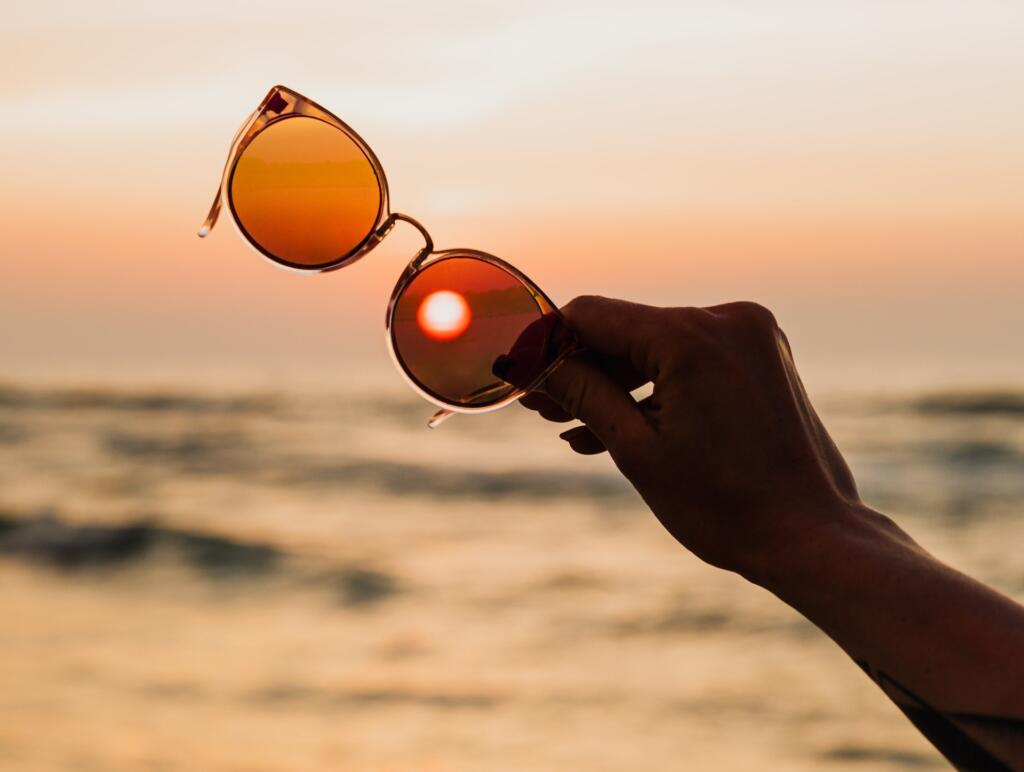
- Prescription sunglasses are a must at the lake, but there are a few things to know first:
There’s a human experience that transcends borders, oceans, mountains, and time: shielding your eyes from the sun. Enjoying the lake becomes difficult when sunlight glints off the water into your eye and you have to squint to try and see. Although a common solution, few things are more frustrating in the world than trying to layer your sunglasses on top of your prescribed glasses. For individuals who use prescribed glasses but want to avoid clunky, shifting layers, prescription sunglasses might be the answer.
Benefits of Prescription Sunglasses

Just like changing your hair or getting a new look, sunglasses transform and complete outfits. But sunglasses are more than just a fashion statement — they’re healthy! Objects, let alone sunglasses, cannot often provide health benefits, but they cover several preventative bases. Although it helps life flourish, the sun emits harmful ultraviolet waves that cause damage to the eye. Some medical issues that sunglasses minimize the chance of include macular degeneration, vision loss, and eye cancer.
How and Where To Get Prescription Eyewear
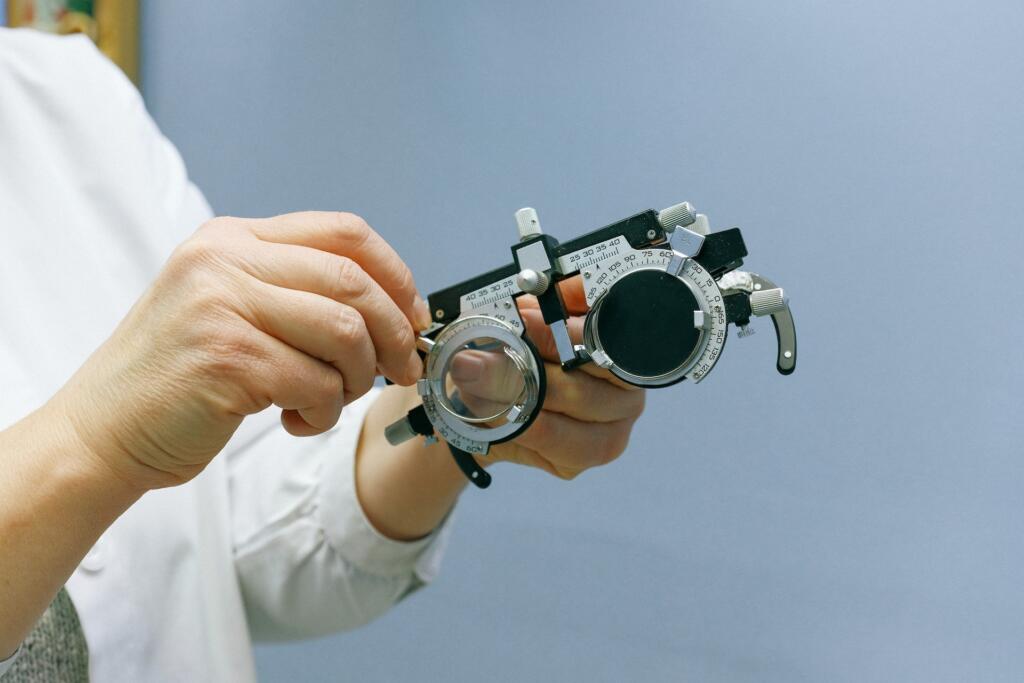
Scheduling an appointment with an optometrist is as easy as finding out who’s closest and picking up the phone! To get the most out of your eyewear, prescriptions must be current. As humans age, clarity begins to dwindle and blur, and your prescription from 20 years ago will not help you now. After meeting with an optometrist for an eye exam, you’ll leave with information as to what your vision requires. While there, consider perusing and testing available brands and frames. Depending on the frame, most offices and stores can order your prescription lenses. But in the event that you don’t like what they offer, what next?
Can I Get Prescription Sunglasses Online?
Yes! There are plenty of companies that provide prescription eyewear — at different price points — outside of a brick-and-mortar store. Prices vary depending on the frames, but there is a wide range of luxurious and affordable options. Glasses.com accepts eye insurance and focuses on accessibility and expedience, and they carry name brands such as RayBan, Oakley, Coach, and Armani. WarbyParker is another popular venue that provides stylish in-house-design frames with a lax return policy, and they have a program where prospective buyers are sent five different frames to try on. Zenni is another service that stocks good-value frames at affordable prices. Most stores offer different lens options, such as bifocal, progressive, or transition.
Tinted, Polarized, or UV-Blocking?

It’s an age-old struggle; how do you decide between buying X or Y? When it comes to sunglasses, buyers have the option to purchase tinted, polarized, or UV-blocking lenses, and each comes with different benefits and drawbacks.
Tinted
Beginning with tinted lenses, many sunglasses are tinted with different colors that make for popular accessories to any outfit. Some tints reduce the risk of UV damage, but they do not protect as strongly as UV-blocking sunglasses. Darker colors, such as yellow, orange, and brown, block some UV rays and improve color contrast in low-light circumstances. Additionally, lenses tinted with these colors aid in blocking blue light produced by screens.
Polarized
When light hits an object, the light refracts, and molecules bounce away in a horizontal form before hitting an eye — what we call glare. The purpose of polarized lenses, or windshields and windows, is to prevent glare by reflecting these horizontal waves while accepting vertical waves. This results in an image with greater clarity and a darker color. By the nature of their creation, some polarized lenses include UV-blocking capabilities, but they are not as potent as lenses made for UV-blocking.
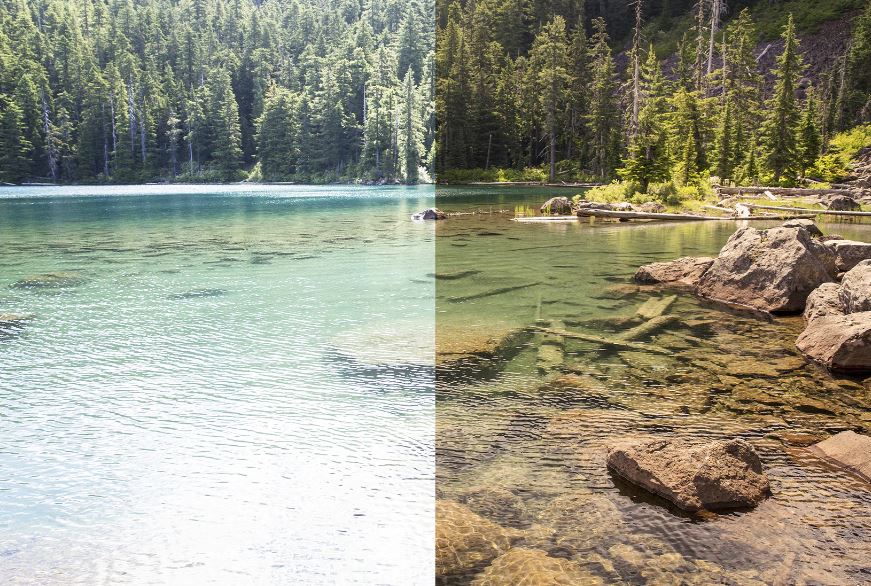
While blocking glare can be helpful on many occasions, such as being on the water or partaking in watersports, likewise, many situations exist that do not call for polarized lenses. As counterintuitive as it may seem, polarized lenses can prove dangerous when driving. While they prove useful in reflecting glares from the sun, they also make it increasingly difficult to detect wet or icy roads.
UV-Blocking
Individuals often use polarized and UV-blocking synonymously — but this is a mistake. When choosing between the two, there are two factors that take center stage: health and price. Polarized lenses are better for their function in everyday activities, but UV-blocking lenses help to protect the eyes from UV damage. As a bonus, UV-blocking lenses are generally cheaper than polarized ones. One way to achieve the best of both worlds is by investing in UV-blocking contacts in conjunction with polarized sunglasses.
Price
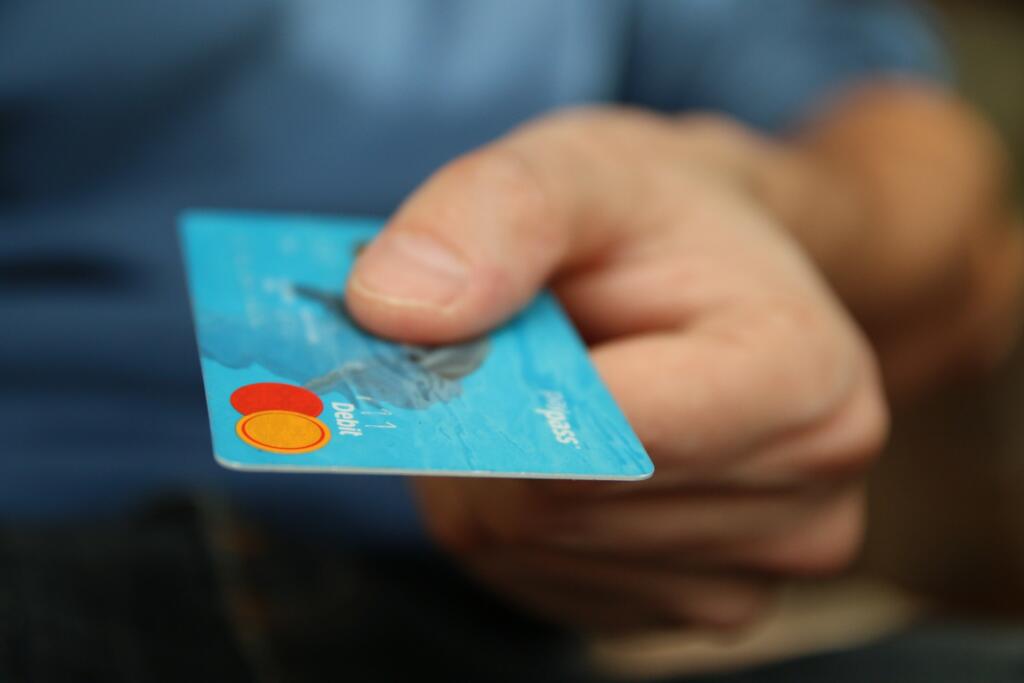
The average price for designer sunglasses can run high, and adding prescription lenses increases it further. Whether using them for bathing in the sun or soaking up a good book, glasses’ prices depend heavily on two factors: brand and specification. Name-brand and designer frames cost more than the average frame, and including additional layers for polarization or UV-blocking makes them more expensive to manufacture. A solid “average” for a good pair of prescription sunglasses falls between $150–$500.
Buying a pair of prescription sunglasses has never been easier or quicker. But while deciding what frame, lens, and specifications are right for you, remember to ask yourself one integral question: form or function?
Frequently Asked Questions:
How do some people try to avoid buying prescription sunglasses?
Some people avoid buying prescription sunglasses by layering their sunglasses on top of the prescribed eyewear.
Regarding the eyes, what are some health issues associated with too much UV exposure?
Some medical issues that sunglasses minimize the chance of include macular degeneration, vision loss, and eye cancer.
Where are some good places to buy prescription glasses and sunglasses online?
A few good places to shop for glasses and sunglasses online are Glasses.com, WarbyParker, and Zenni.
What lens tints work best in preventing UV damage?
Although lens tints do not fully block ultraviolet waves, tints in yellow, orange, grey, and brown block some UV rays.
What do polarized lenses do?
When light hits an object, the light refracts, and molecules bounce away in a horizontal form before hitting an eye — what we call glare. The purpose of polarized lenses, or windshields and windows, is to prevent glare by reflecting these horizontal waves while accepting vertical waves.
What are drawbacks of polarized sunglasses?
While they prove useful in reflecting glares from the sun, they also make it increasingly difficult to detect wet or icy roads.
What is the average price for prescription sunglasses?
A solid “average” for a good pair of prescription sunglasses falls between $150–$500.


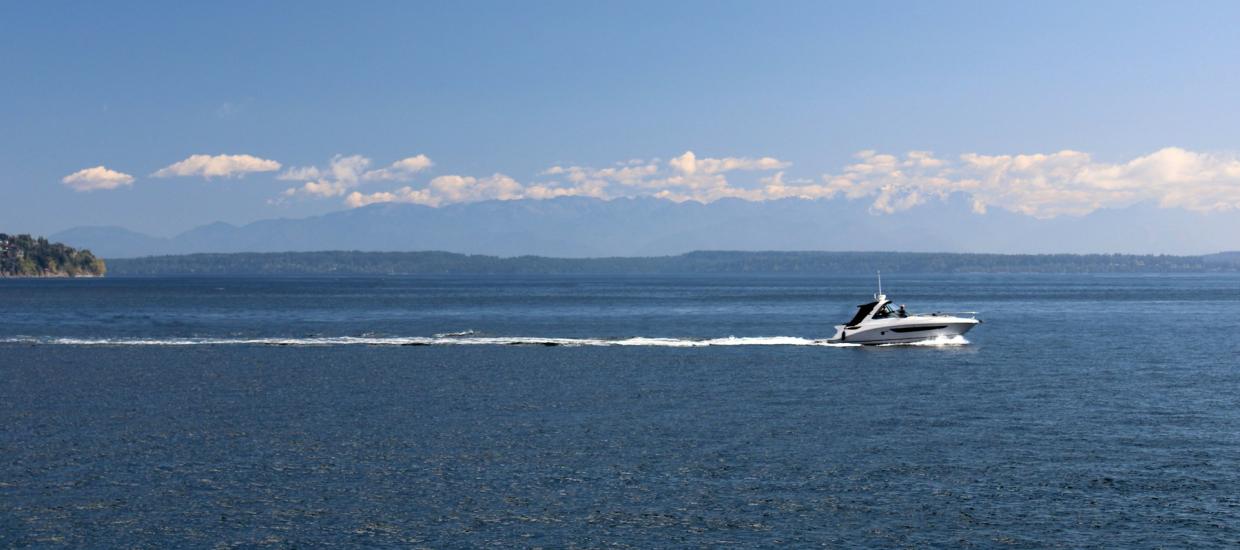
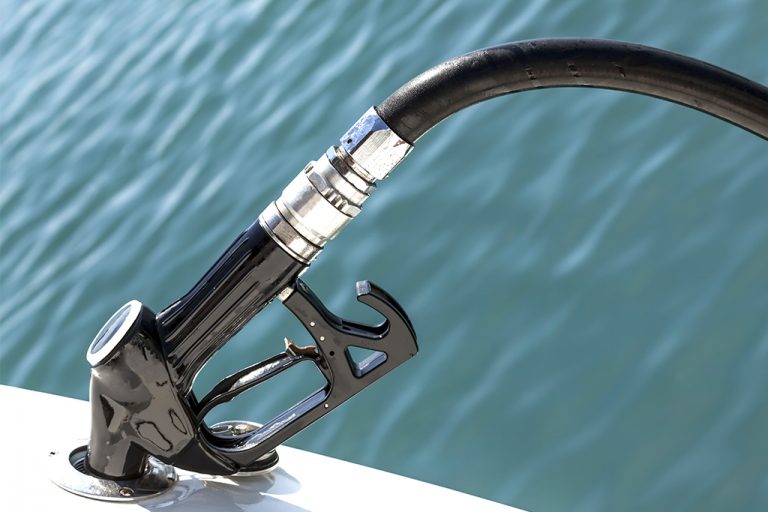
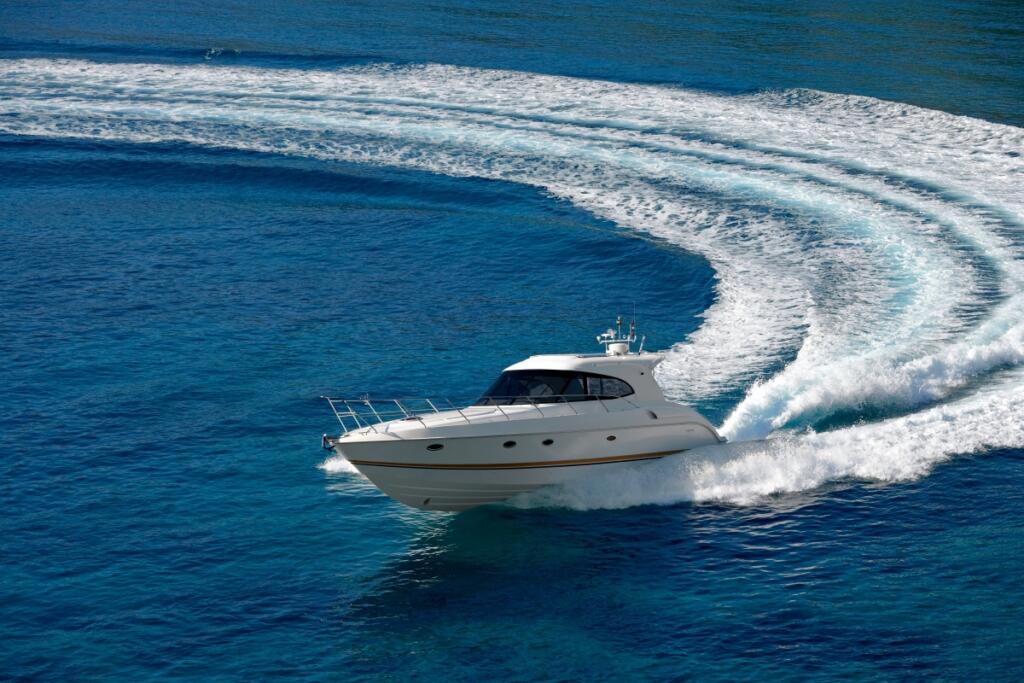

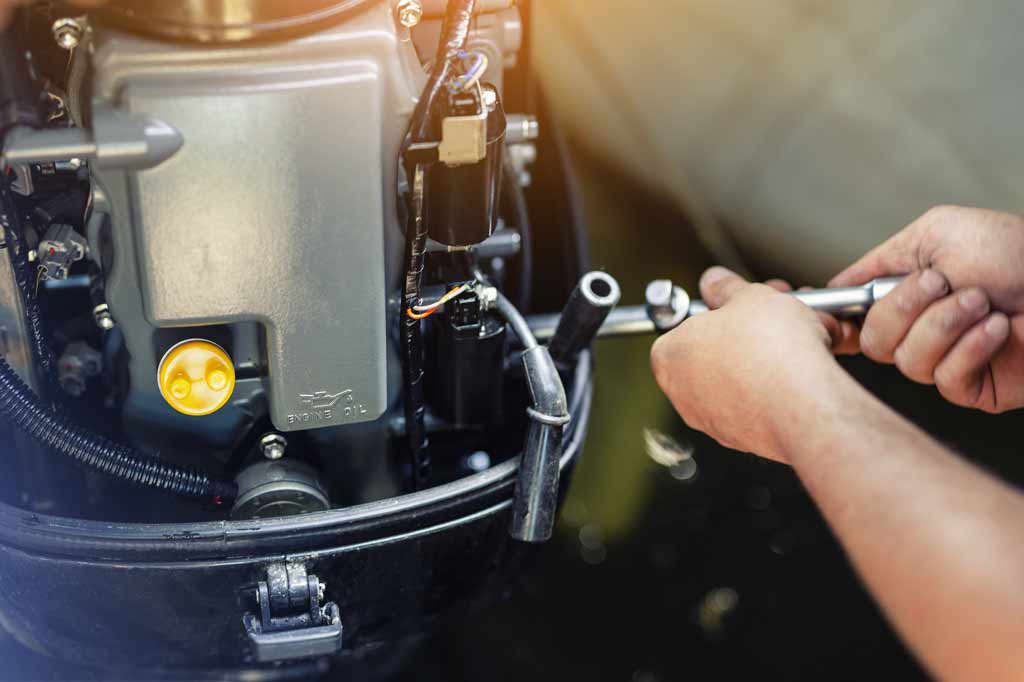
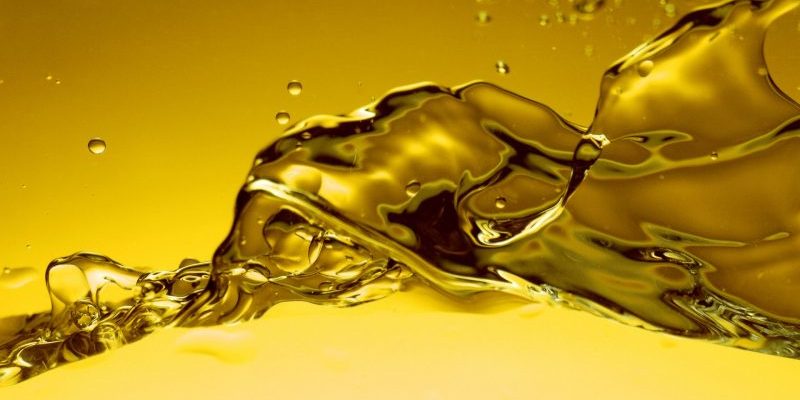


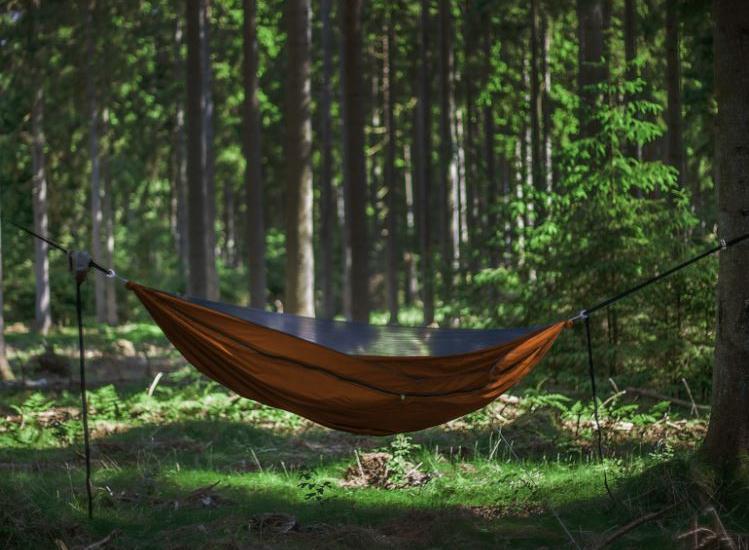
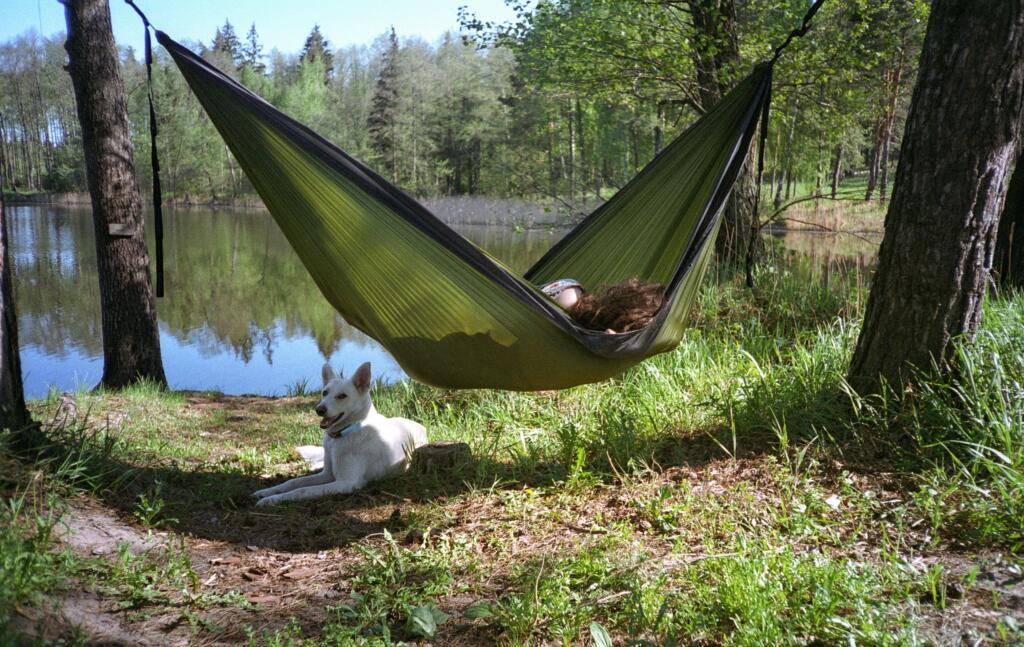


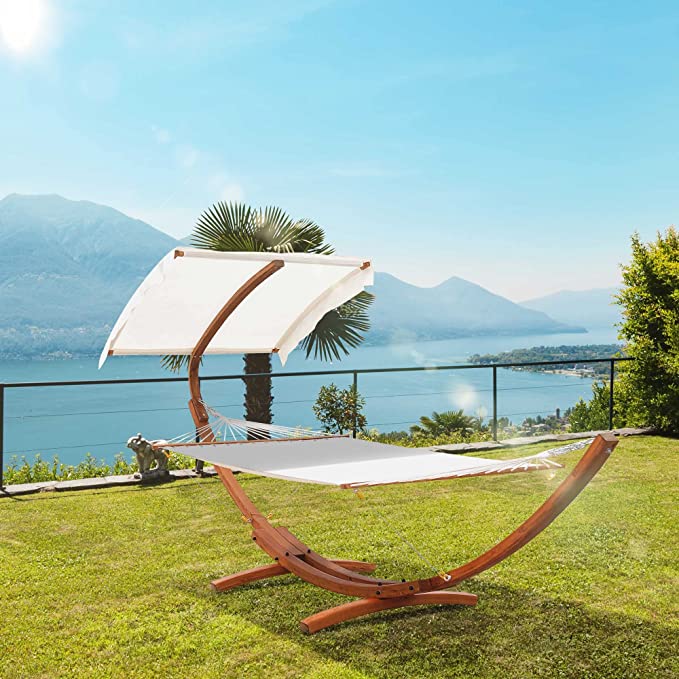
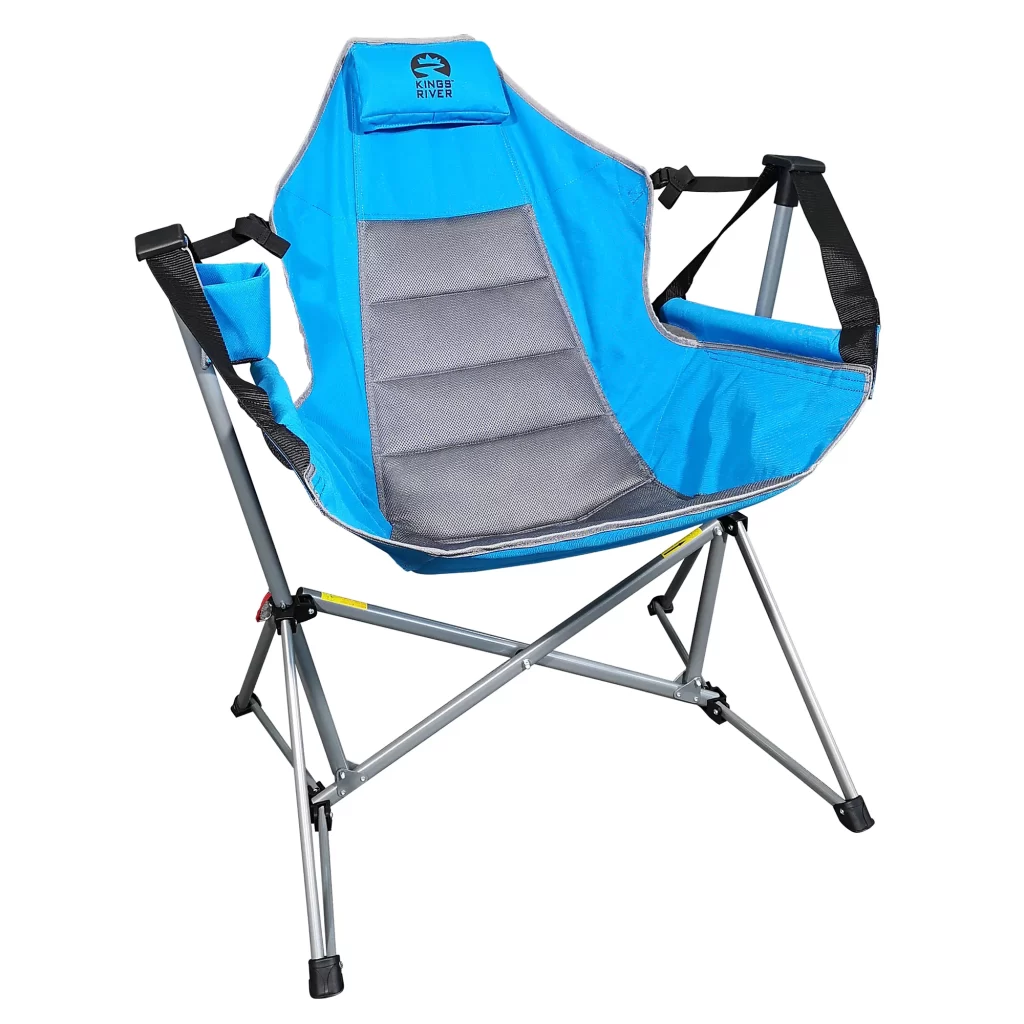
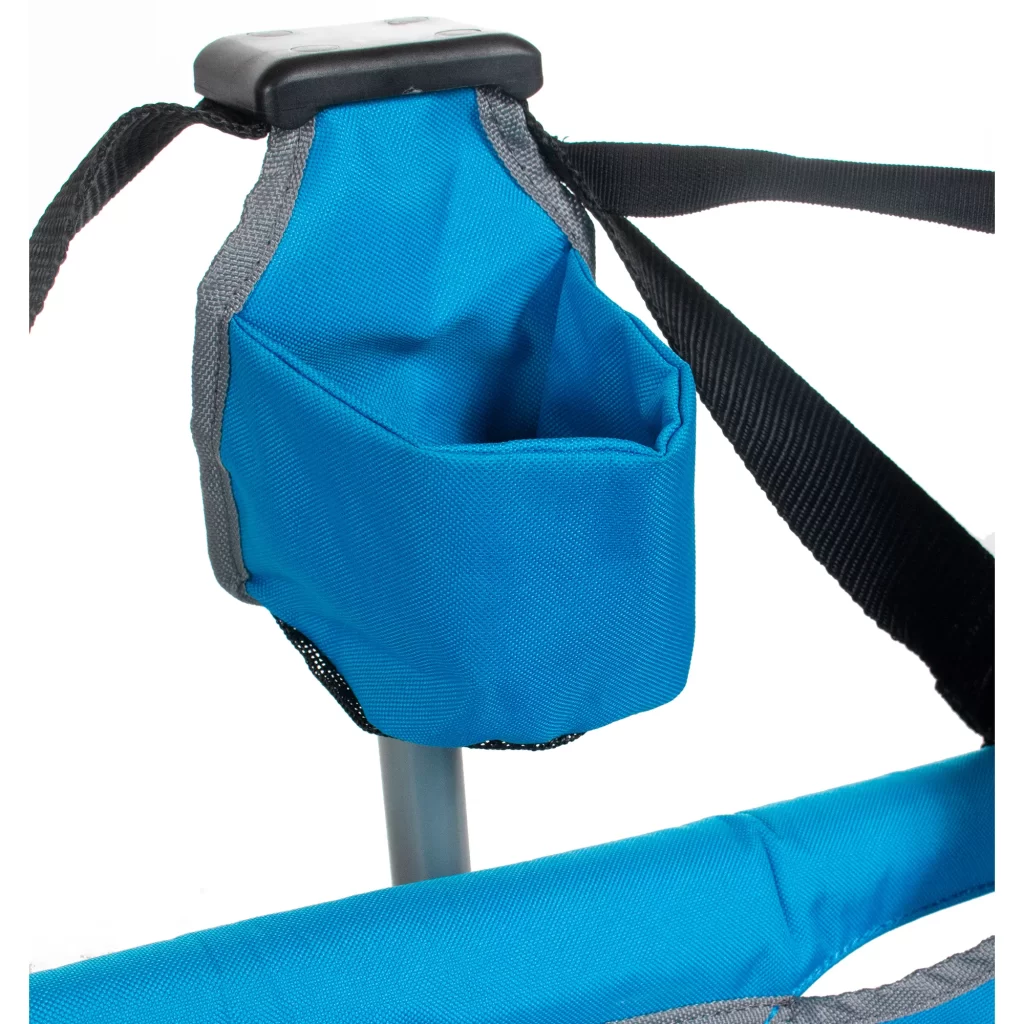
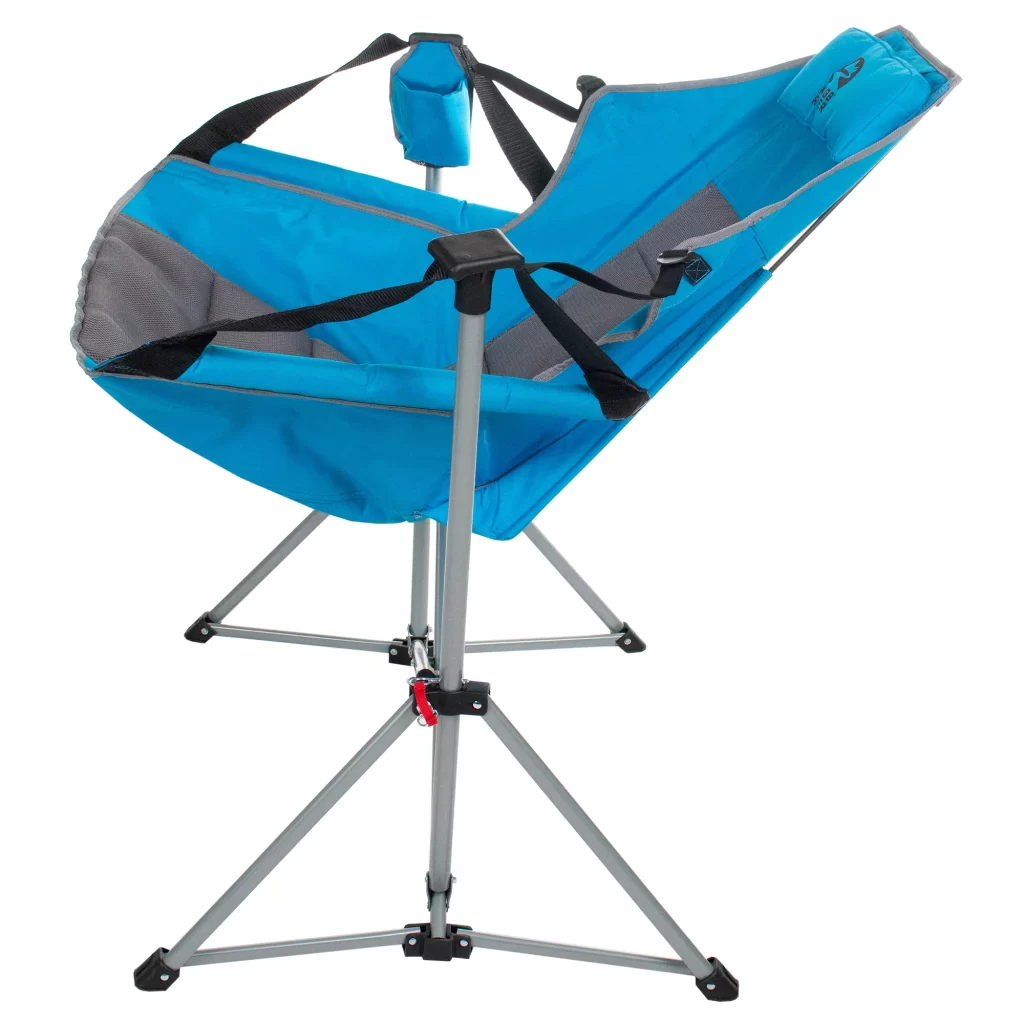

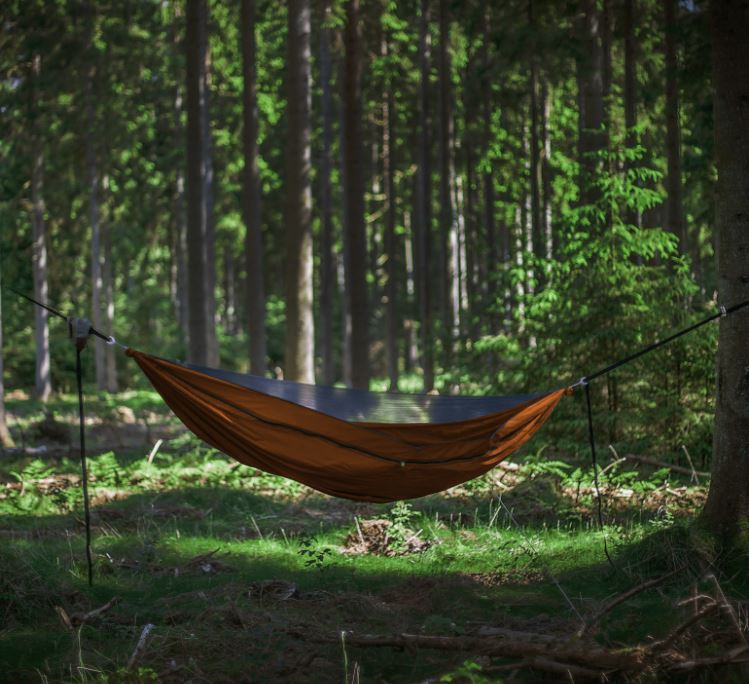
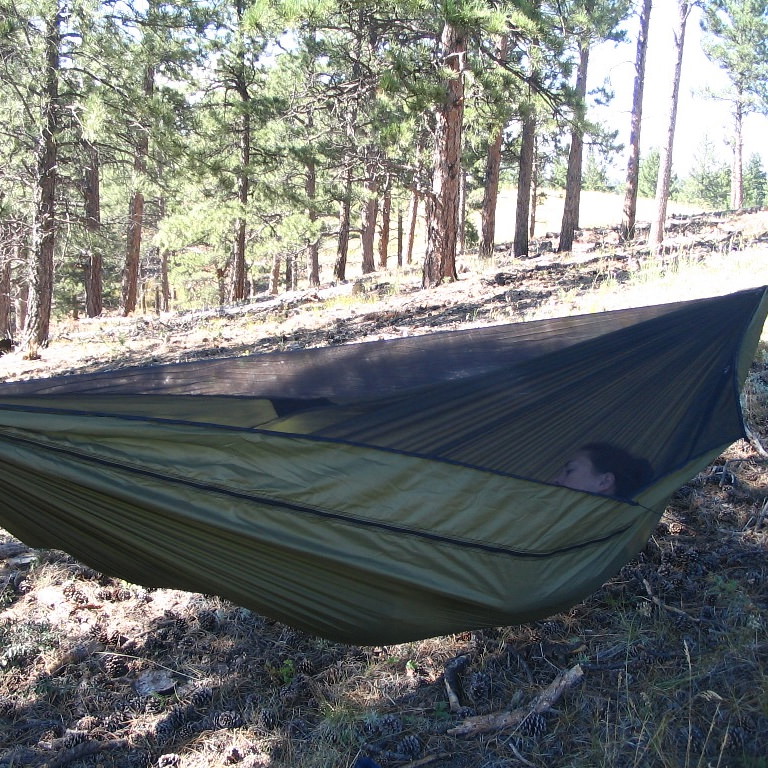
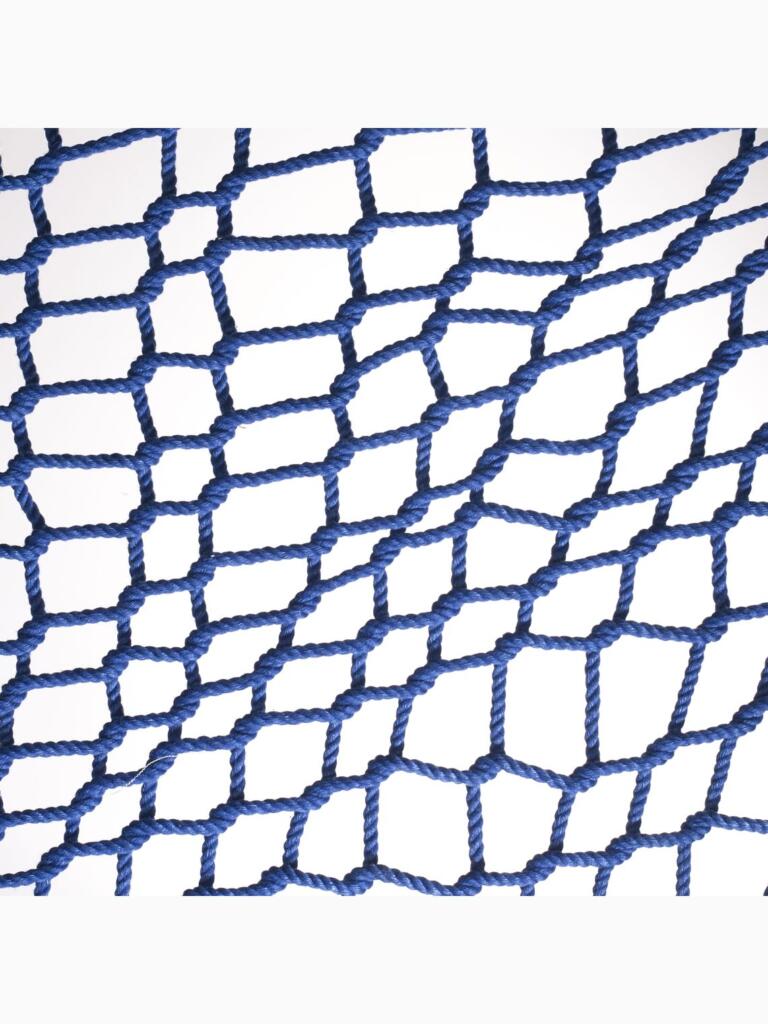
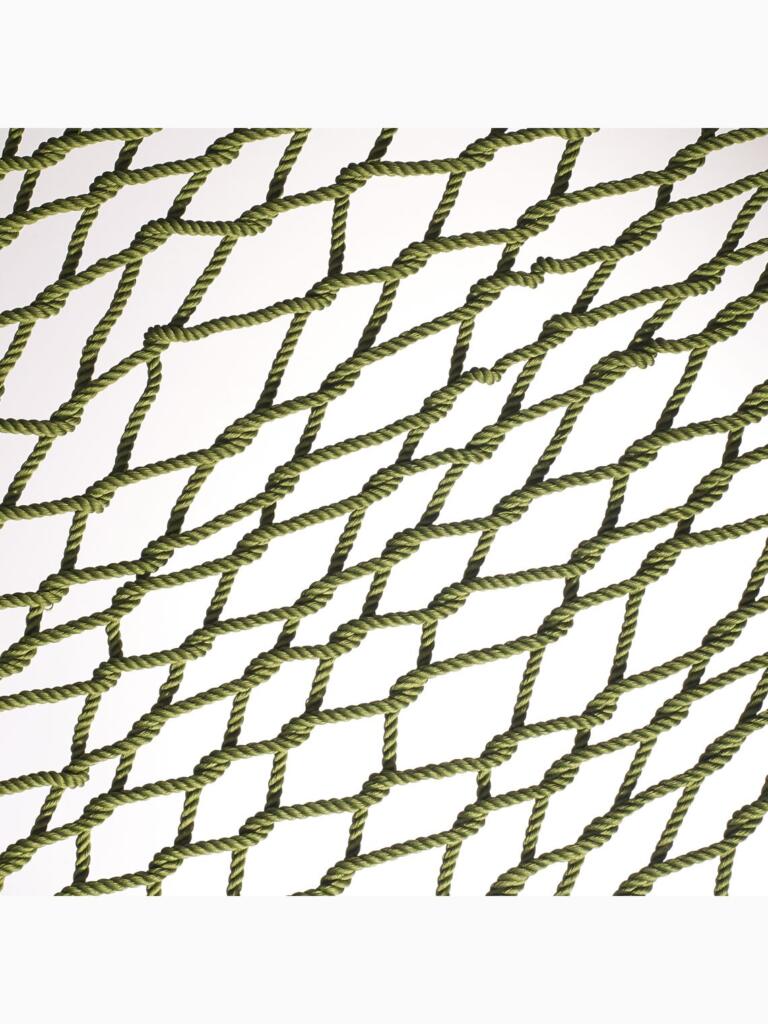
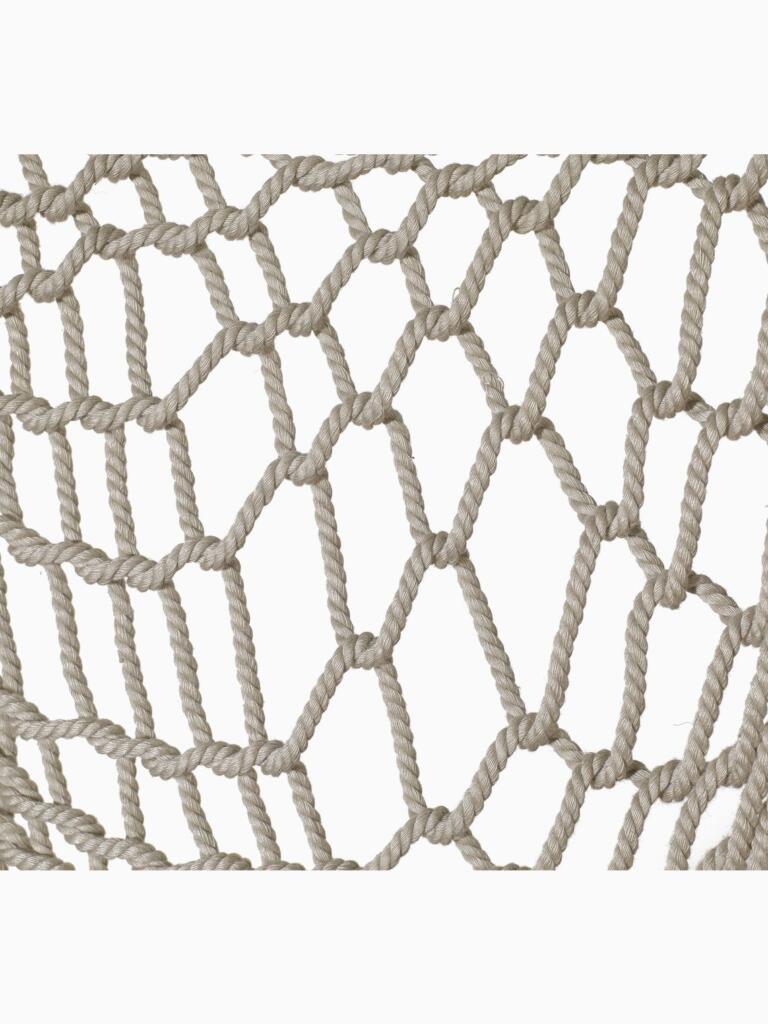
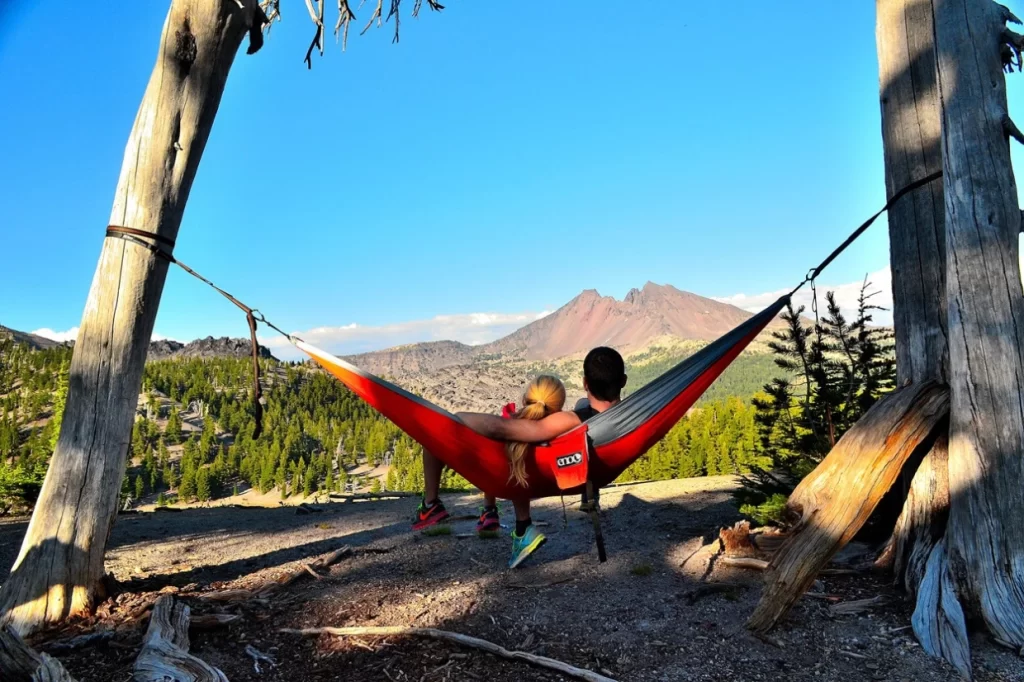
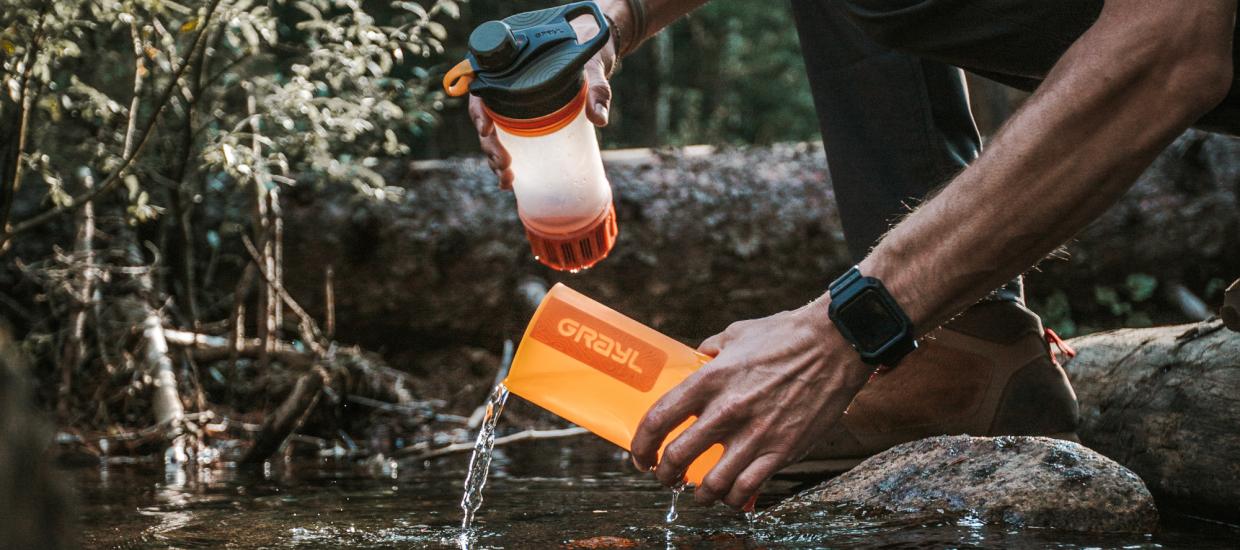
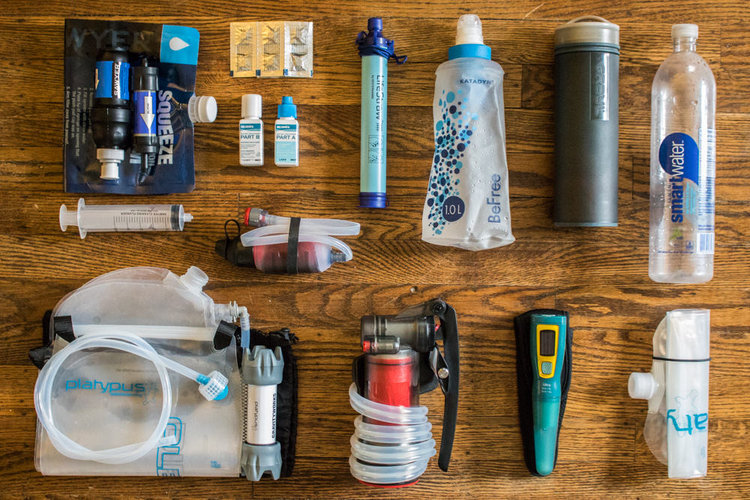
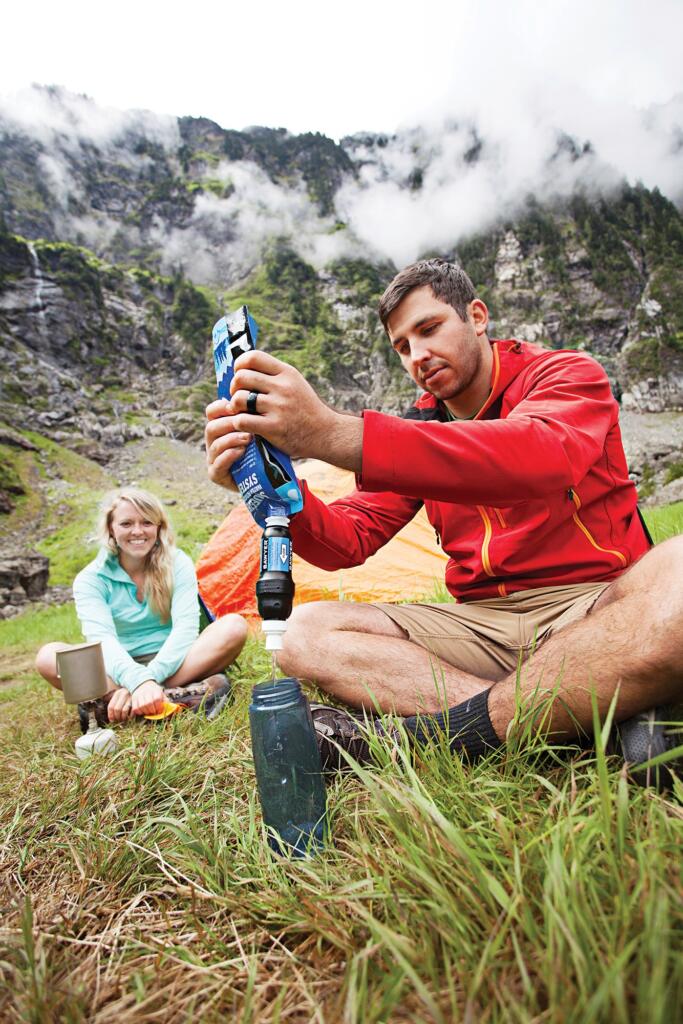
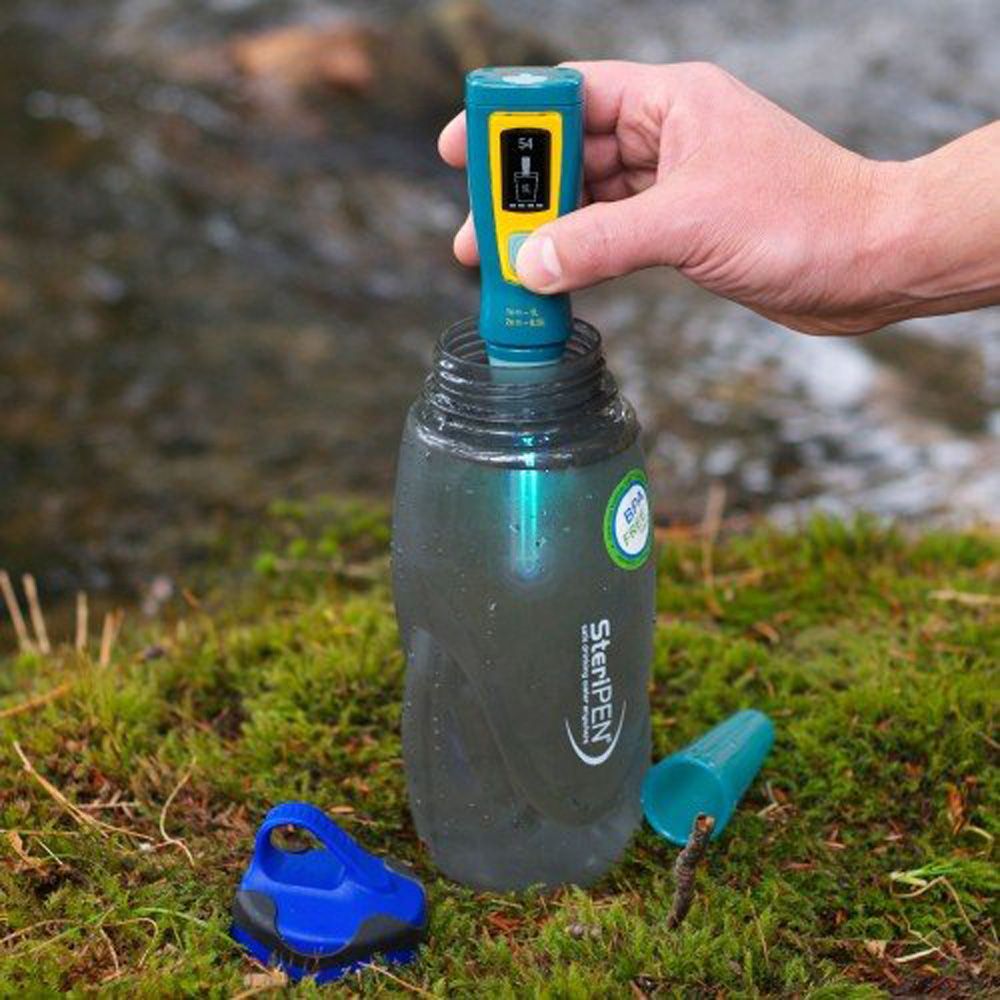
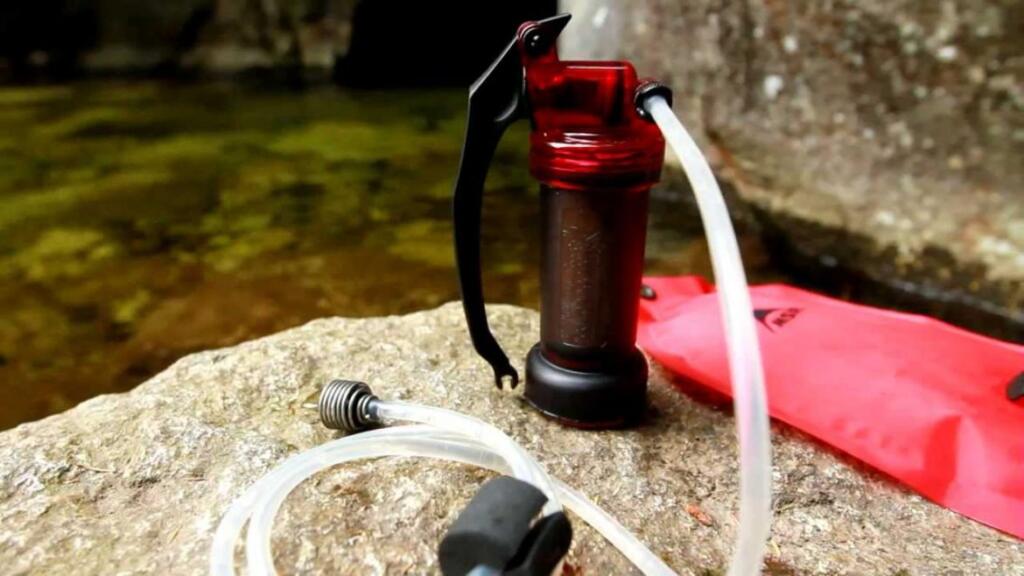
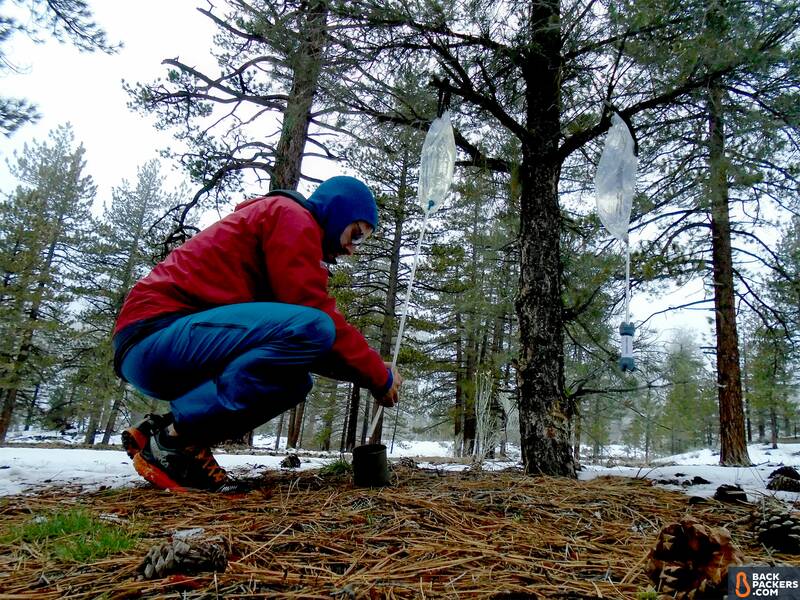

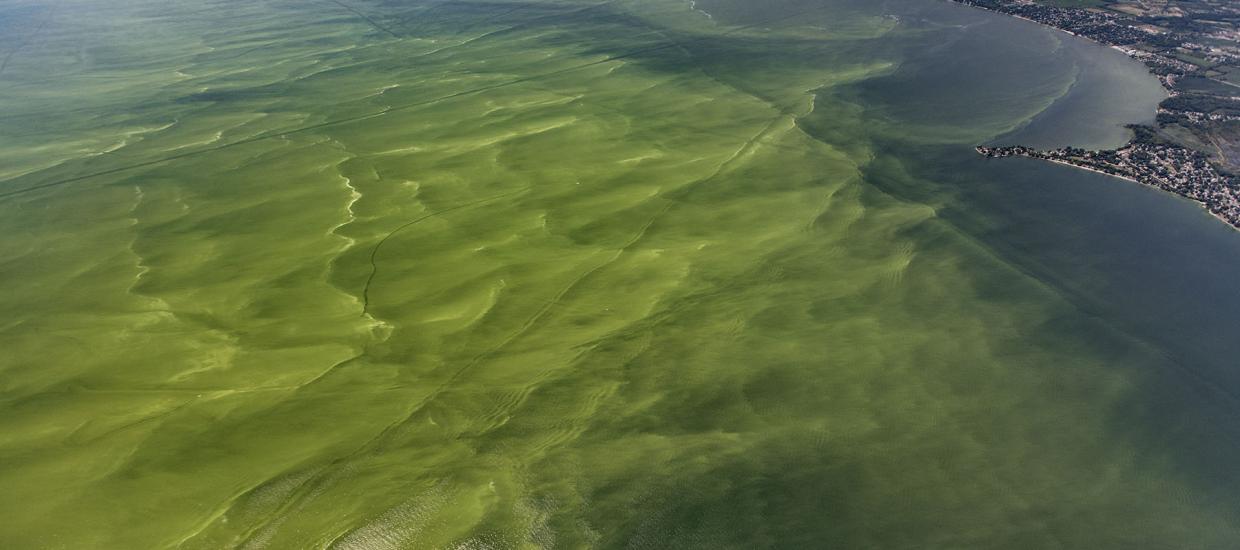


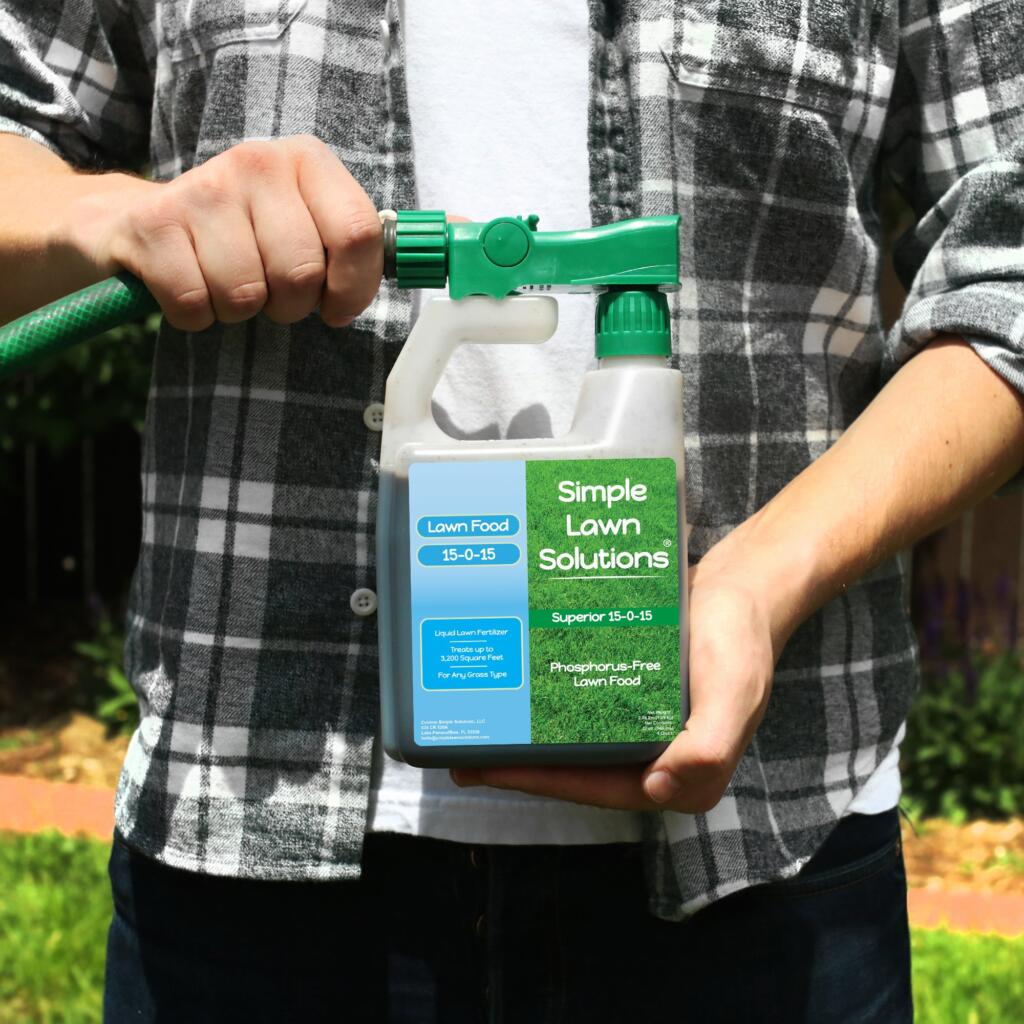
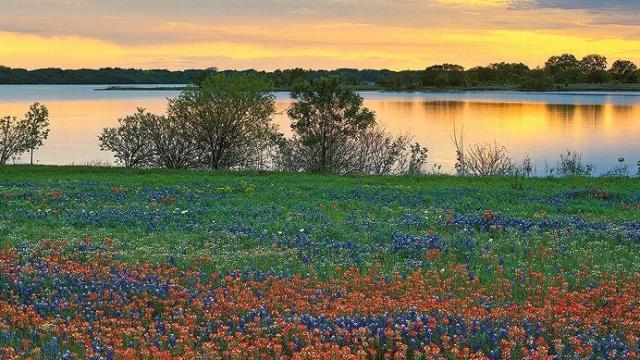
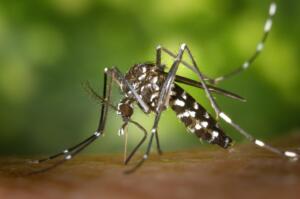 Mosquitoes
Mosquitoes
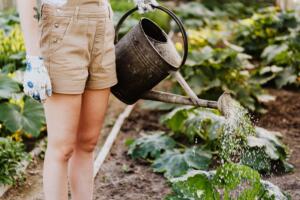 Starting your own at-home vegetable garden is a great way to save money on fruits and vegetables. A measly $2 tomato plant over the entire season can give you nearly ten pounds of fruit.
Starting your own at-home vegetable garden is a great way to save money on fruits and vegetables. A measly $2 tomato plant over the entire season can give you nearly ten pounds of fruit.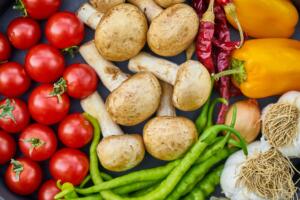 Many people get very excited at the idea of a vegetable garden with eyes bigger than their means.
Many people get very excited at the idea of a vegetable garden with eyes bigger than their means.